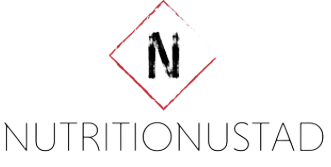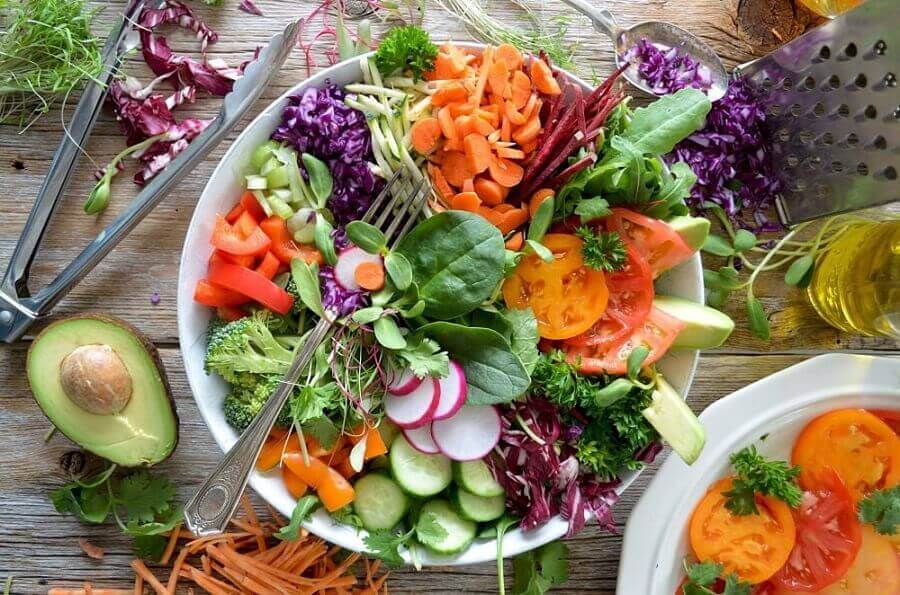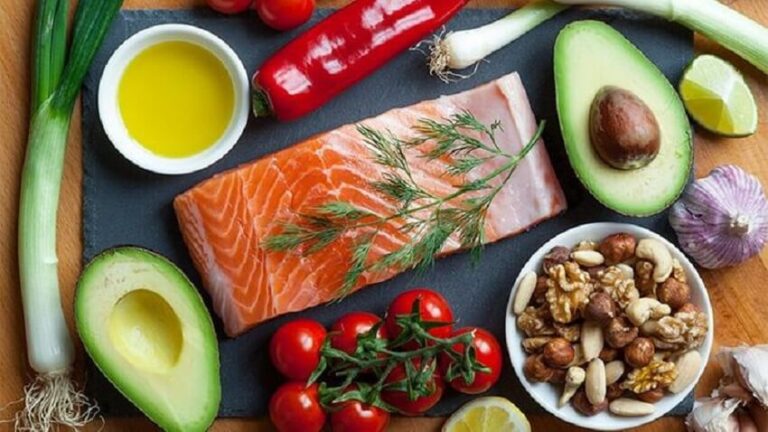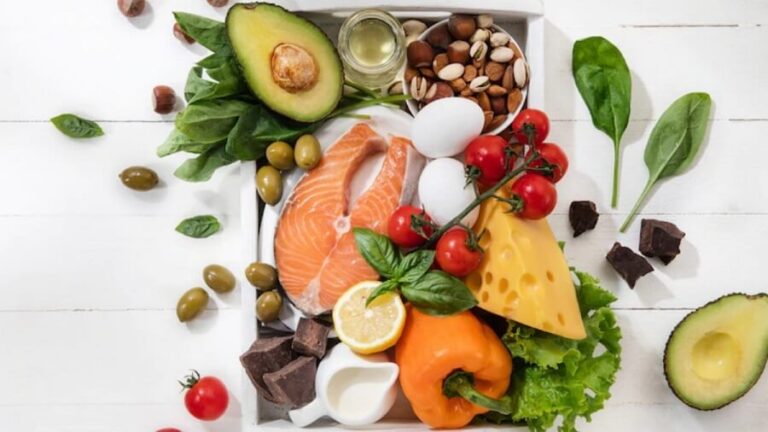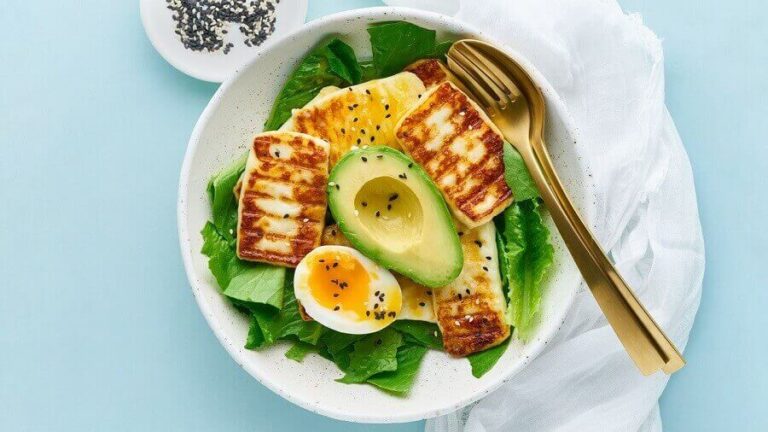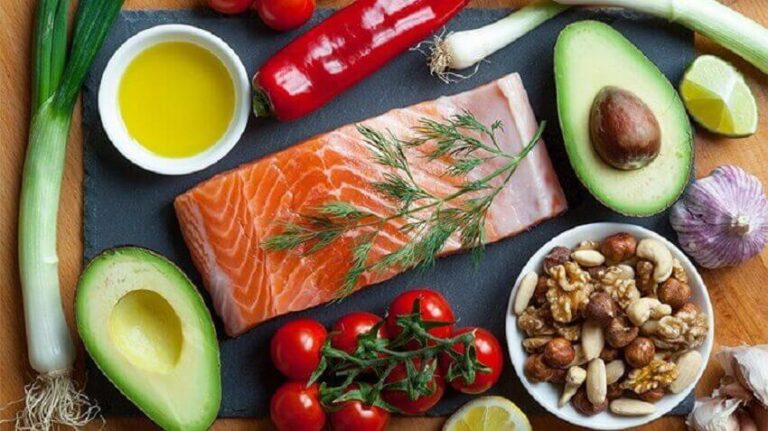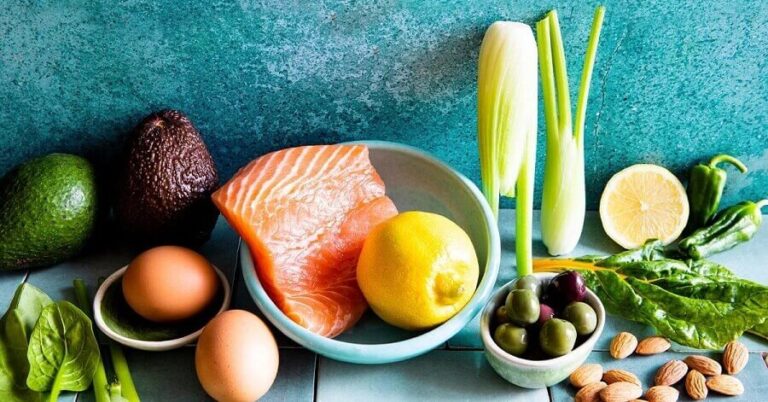Following a vegetarian ketogenic diet is possible. However, it requires skills in nutrition.
In the keto diet, the proportion of macronutrients is 60% fat and 30% protein, and only 10% carbohydrates. Reaching these proportions with plant foods can be complex for a beginner.
A vegetarian ketogenic diet involves a limited range of foods, if done wrong, there can be a lack of nutrients, and it can be tedious.
In this article, you can see how to do a vegetarian ketogenic diet.
How to do a vegetarian ketogenic diet?
The first thing a vegetarian who wants to start the ketogenic diet should know is to know what are the sources of protein and fat of plant origin.
Identify which fruits, vegetables, and other foods are high in carbohydrates and reduce their amount; this is essential to enter ketosis. The foods allowed on a vegetarian ketogenic diet are:
- Mushrooms
- Eggs
- Cheeses
- Seeds (chia, flax, sesame)
- Green leaves (spinach, chard, lettuce, arugula)
- Soy protein
- Coconut flour
- Coconut oil
- Cacao
- Tofu
- Cucumbers, cabbage, peppers
- Began
- Nuts (almonds, peanuts, chestnuts, pistachios)
- Tomates cherry
- Avocado
- Pumpkin
- Berries (blueberries, cherries, raspberries)
Although complex to make a weekly vegetarian ketogenic menu, it is possible. We do not recommend starting a vegetarian keto diet without prior nutrition knowledge. If you do not thoroughly monitor what you eat, the probability of a lack of essential nutrients: vitamins, or minerals is high.
Prohibited foods on a vegetarian ketogenic diet
A vegetarian ketogenic diet should not include a high content of cereals, oats, corn, and rice. Sugary foods and all types of flours are forbidden foods. The foods prohibited on a vegetarian ketogenic diet are:
- Cereals – flour, corn, rice, oats, wheat, etc.
- Legumes – lentils, beans, beans
- Simple carbohydrates – white sugar, honey, agave syrup, muscovado sugar.
- Fruits (not berries) – apples, mango, bananas, oranges.
- High in vegetables – white potatoes, sweet potato, carrots, beets.
Tips for a vegetarian ketogenic diet
To avoid a lack of nutrients on a vegetarian ketogenic diet, you should start by eliminating excess fast food. Limiting the consumption of products based on flour and sugar is essential.
Lack of iodine is another common problem on a vegetarian ketogenic diet. To avoid it, include algae such as spirulina or make sure the salt is iodized. Also, you can have foods like oysters and shellfish; these foods do not get you out of ketosis.
Including foods with probiotics and prebiotics like cabbage and cucumbers can improve the digestion process to increase the absorption of vitamins and minerals and avoid constipation.
Lack of vitamin B12 is common in vegans; to avoid it, you can include barley ferment or supplements.
Finally, even if foods with iron are included in the vegetarian diet, in a ketogenic diet, its absorption may be decreased due to a lack of vitamin C. Foods rich in vitamin C and low in carbohydrates, such as peppers, should be included to improve absorption. , blueberries and other berries.
What about a vegan ketogenic diet?
Going on a vegan ketogenic diet is not recommended. The probability of a lack of nutrients is very high. The immune system may be weakened, and dizziness may appear.
A vegan ketogenic diet limits the food groups allowed too much. The basis of an eating plan of this type would be reduced to mushrooms, green foods, and vegetable oils.
ABSTRACT
- Going on a vegetarian ketogenic diet is possible. Meats can be substituted for vegetable protein sources and make a correct choice of healthy fats.
- However, the probability of a nutrient deficiency occurring is higher, so people should educate themselves well before starting.
